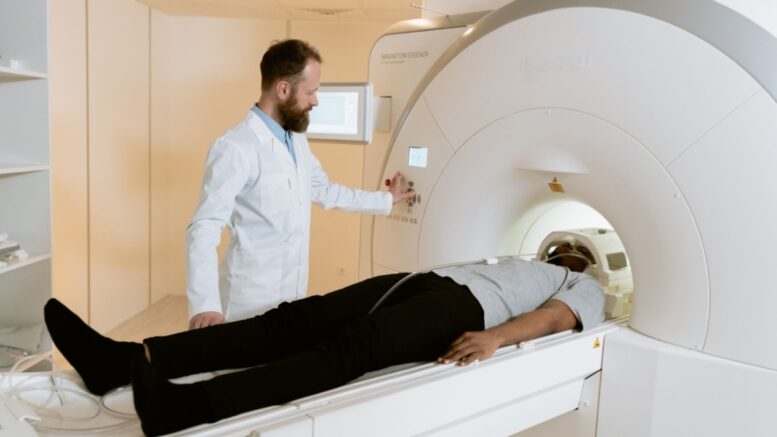Computed Tomography (CT) scans, sometimes called CAT scans, are among the diagnostic technologies in contemporary medicine that have had the biggest impact. Doctors now observe and identify many medical diseases more accurately thanks to this ground-breaking medical imaging technique. The ability of the CT scan to provide detailed cross-sectional images of the body, giving unparalleled insights into the interior architecture of organs, bones, blood vessels, and tissues, has made it a crucial instrument in radiology. Here, you will learn about CT Scan:
The Basics of CT Scan
How CT Scan Works
A CT scan uses computer technology and X-rays to provide in-depth pictures of the body’s internal structures. The patient is placed on a table that moves through a doughnut-shaped scanner while the treatment is being performed. The X-ray beam rotates the body as it takes numerous cross-sectional pictures from various perspectives. Following this processing by the computer, a succession of cross-sectional slices is produced, providing a three-dimensional representation of the area under study.
Uses of CT Scan
The head, chest, abdomen, pelvis, and extremities are just a few bodily areas that can be imaged using a CT scan due to their adaptability. They are helpful diagnostic and monitoring instruments for ailments like tumours, fractures, infections, and vascular disorders. The use of CT angiography to see blood vessels and spot obstructions or irregularities in the circulatory system is another advantage.
Preparing for a CT Scan
Communicate with the Healthcare Team
Before having a CT scan, it is critical to give the medical staff important details, such as allergies, present drugs, and previous medical issues. You should tell them if you are pregnant or think you might be pregnant because X-rays can harm growing fetuses.
Fasting and Contrast Media
Fasting may be necessary the day before some CT scans to improve the quality of the images. In some scans, contrast media, a special dye given orally, intravenously, or rectally to highlight particular bodily structures, may also be used. Any known iodine or contrast media sensitivities should be disclosed to the medical staff, and any history of kidney disease, as contrast media can occasionally impair kidney function.

The CT Scan Procedure
Getting Ready for the Scan
The patient may need to change into a hospital gown and remove any metallic objects that could interfere with the imaging procedure before the CT scan. The technician will arrange the patient on the table, ensuring that the body part of interest is suitably positioned.
Scan:
The patient must lie still throughout the CT scan and may be instructed to hold their breath temporarily to reduce motion artifacts. The scanning process is often short, lasting only a few minutes, but the total time can vary depending on the inspected region.
Bottom Line:
The points mentioned above can let you know about the CT scan. Also, A CT scan is a useful tool in modern medicine, giving comprehensive images that aid in diagnosing and managing various medical disorders. CT scans are important in medical decision-making due to their capacity to capture high-resolution cross-sectional pictures.
